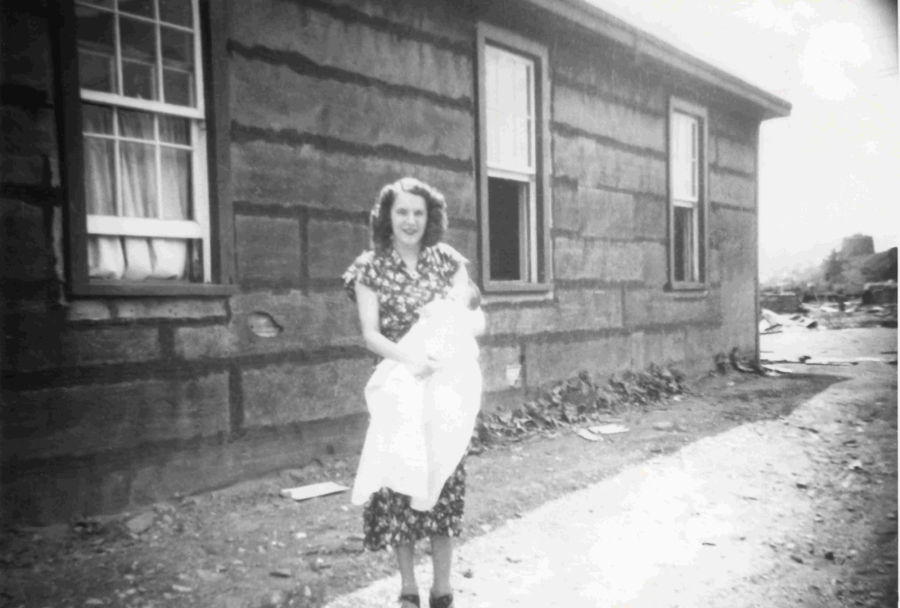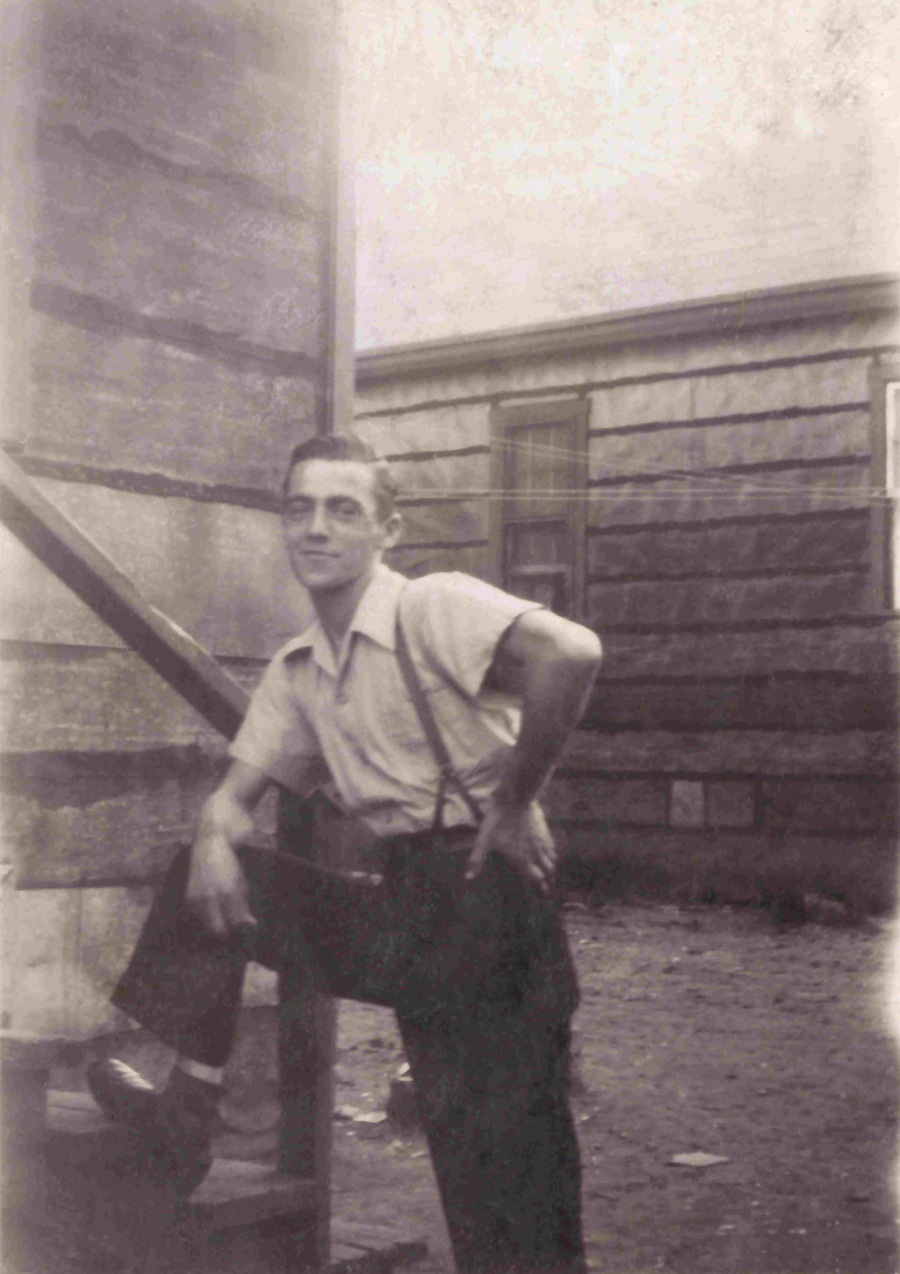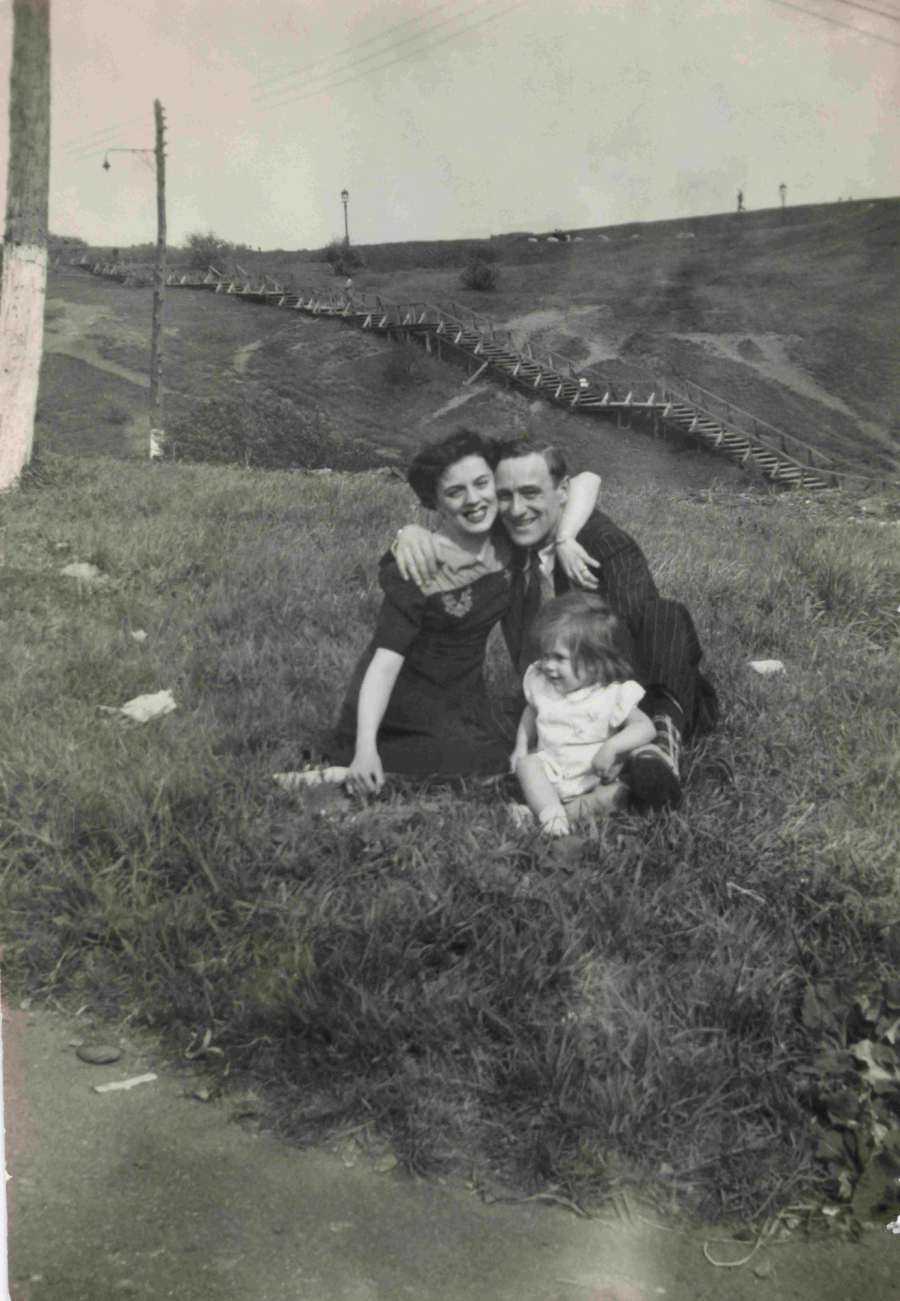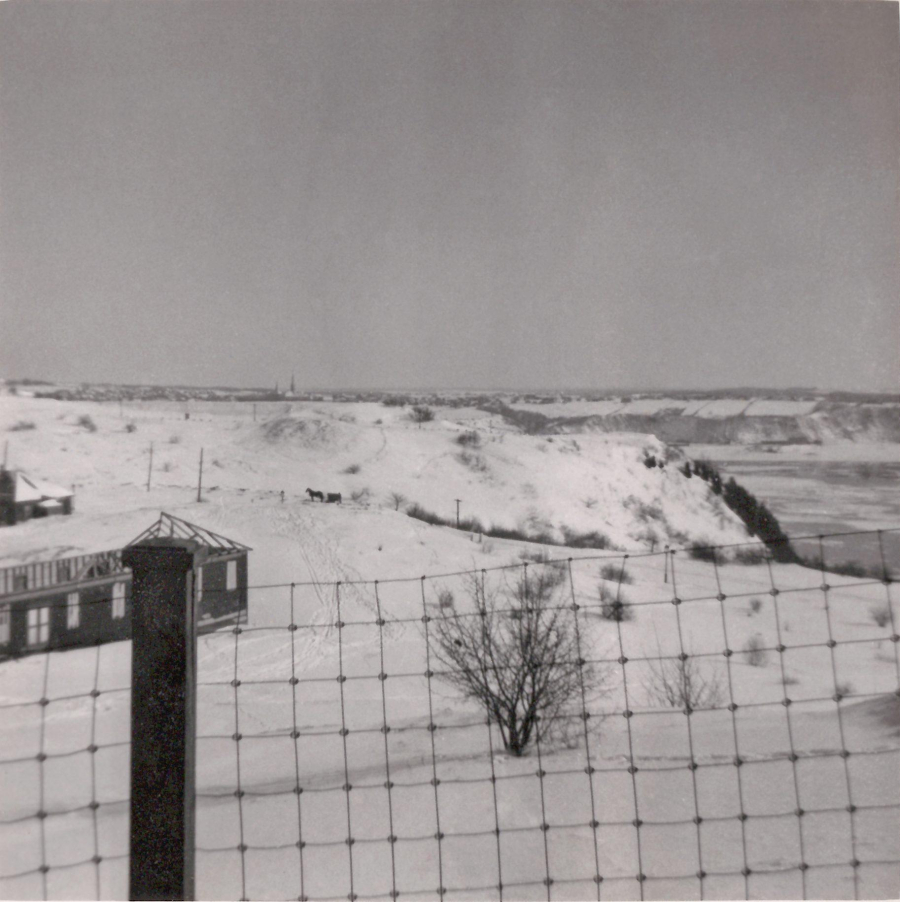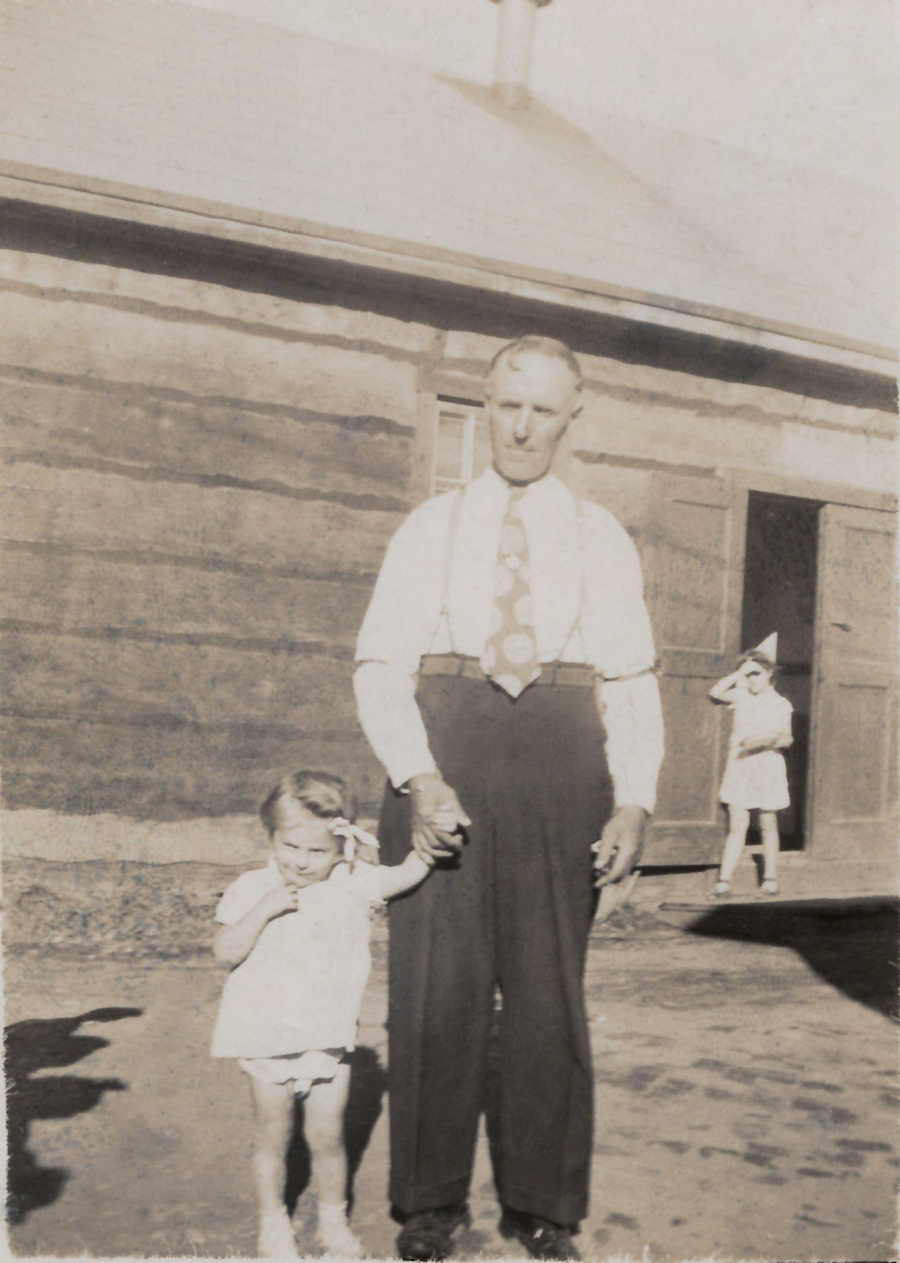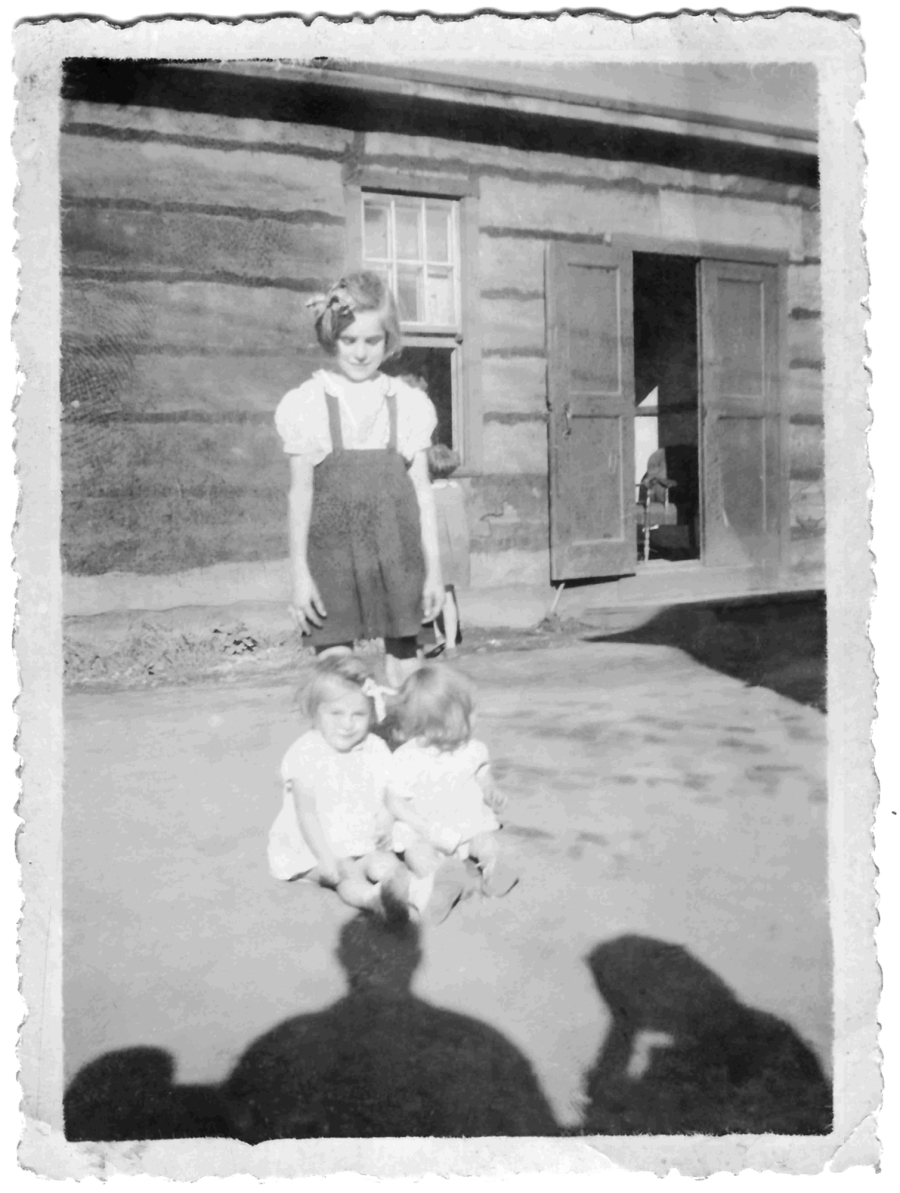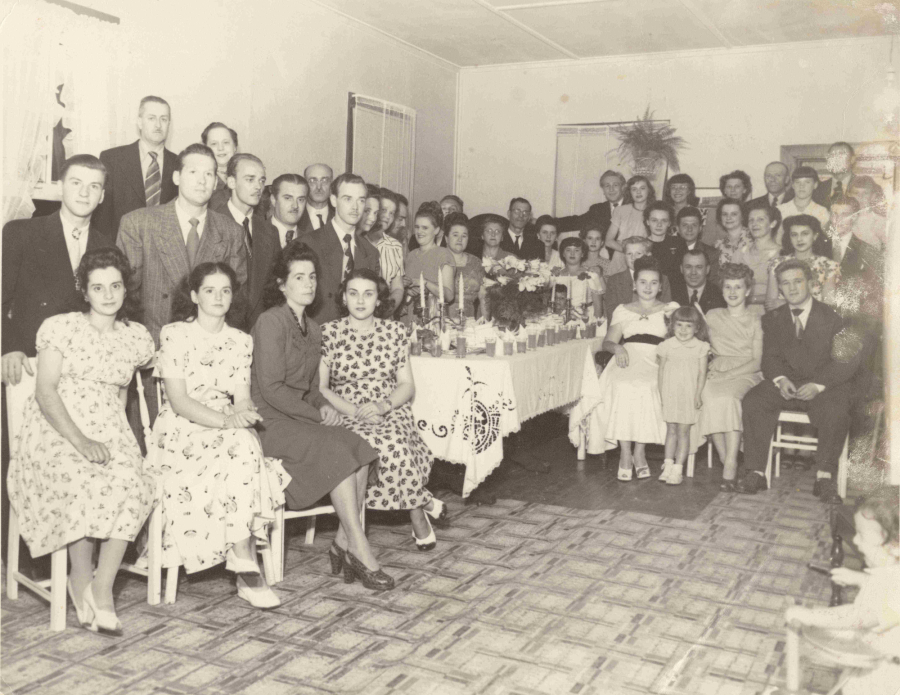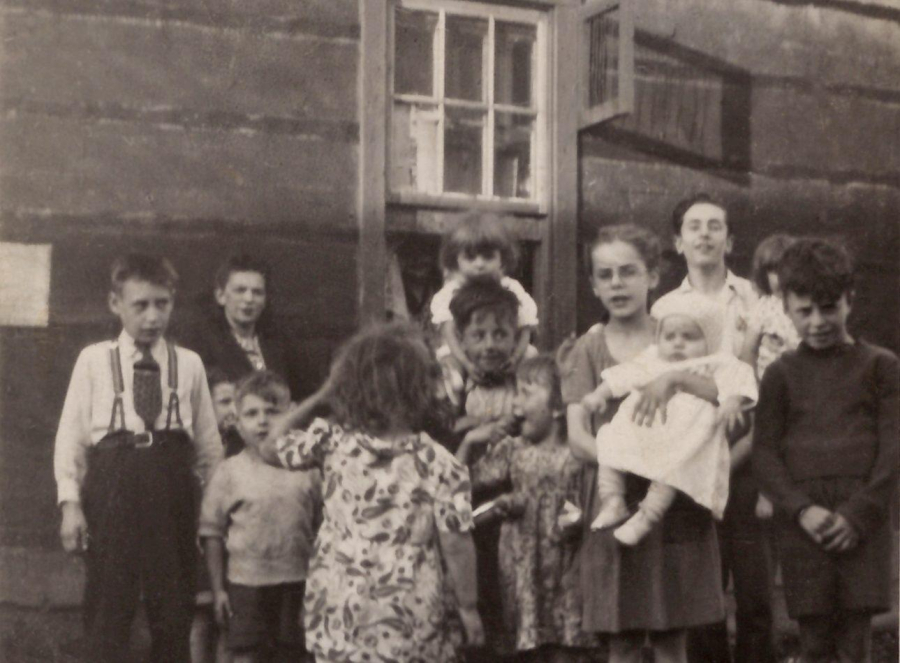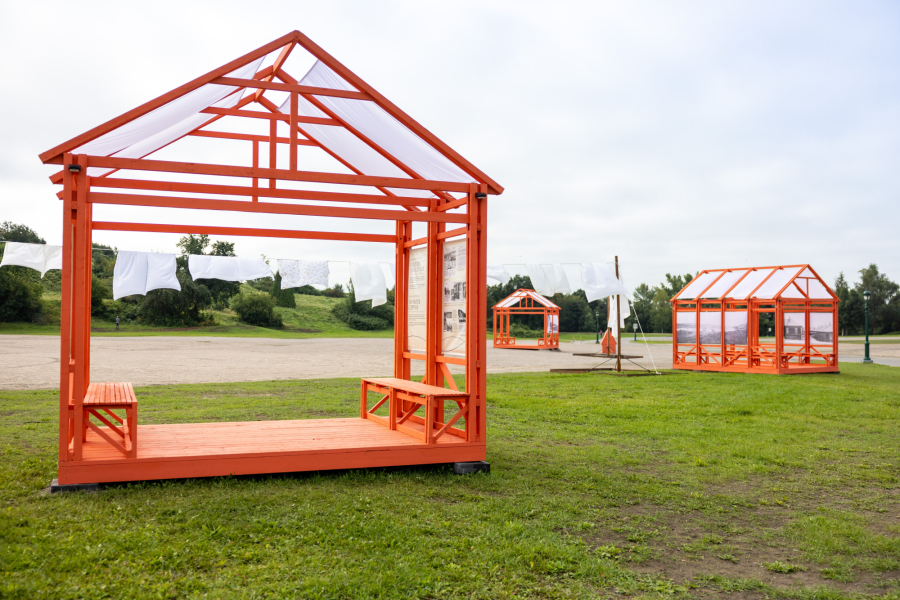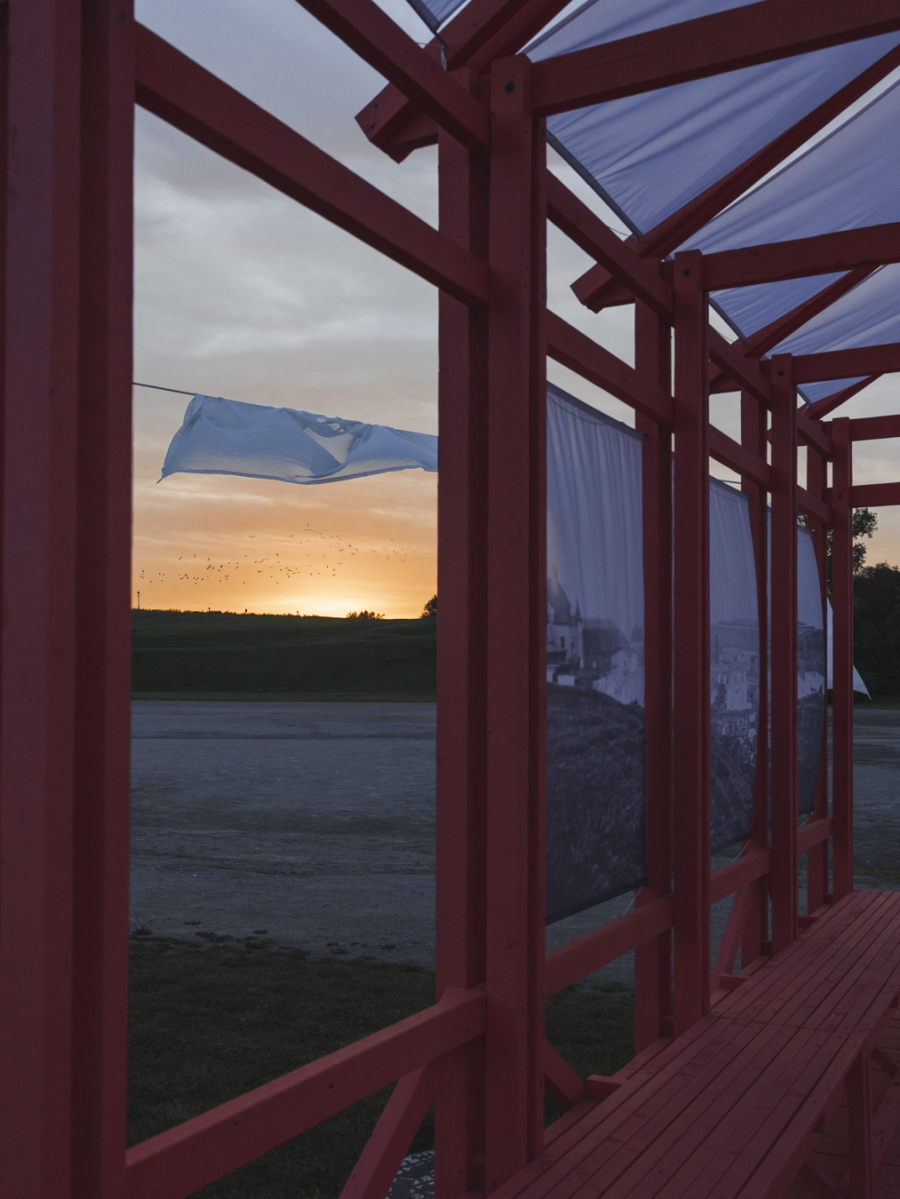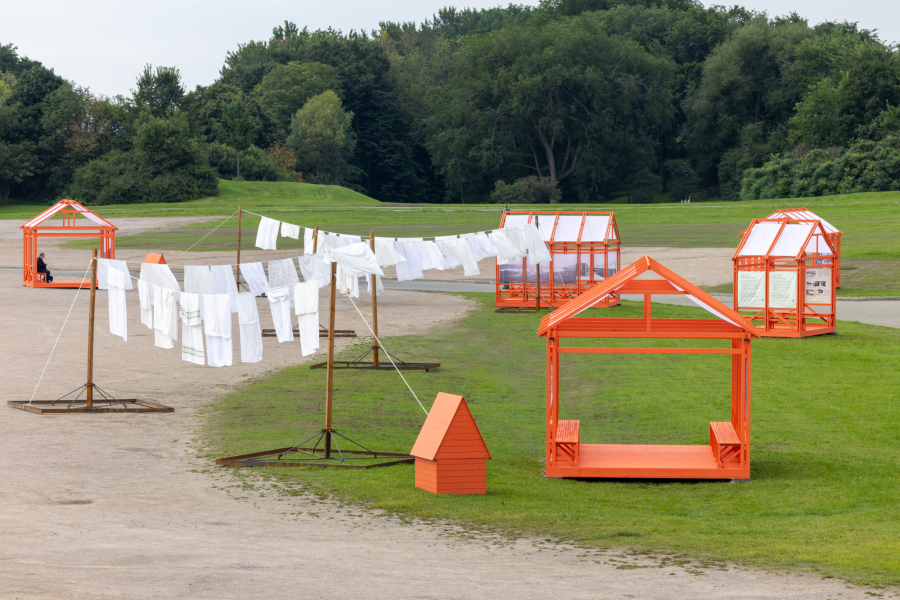Photos: Lambert, Bouchard and Kirkwood Families
Preserving the Memory of the Cove Fields
In August 2023, the National Battlefields Commission (NBC) launched a public call to find people who had lived on the Cove Fields between 1945 and 1951. This project stemmed from a simple realization: the last individuals to have lived on the Plains—children from the Cove Fields—were now over 70 years old. To collect and preserve their stories, the time to act was now.
The NBC commissioned La Horde Patrimoine to carry out an ethnographic survey, and the Department of Historical Sciences at Université Laval also joined the project.
Thirteen people generously shared their memories in interviews. Nine had lived on the Cove Fields (direct witnesses), and four were family members of former residents (indirect witnesses). Their testimonies, recorded in audio and sometimes in video format, enrich the historical understanding of this unique chapter in the history of the Plains of Abraham. In addition, around fifty never-before-seen images were digitized and added to the NBC’s archival collection.
The Cove Fields Site
The Cove Fields refer to the area enclosed by the Citadel walls, Grande Allée, the top of Cap Diamant, and the Martello Towers. Long owned by the Department of National Defence, the site remained protected from urban development. In 1940, the army built 40 barracks—referred to as “huts”—to house soldiers and, briefly, prisoners of war.
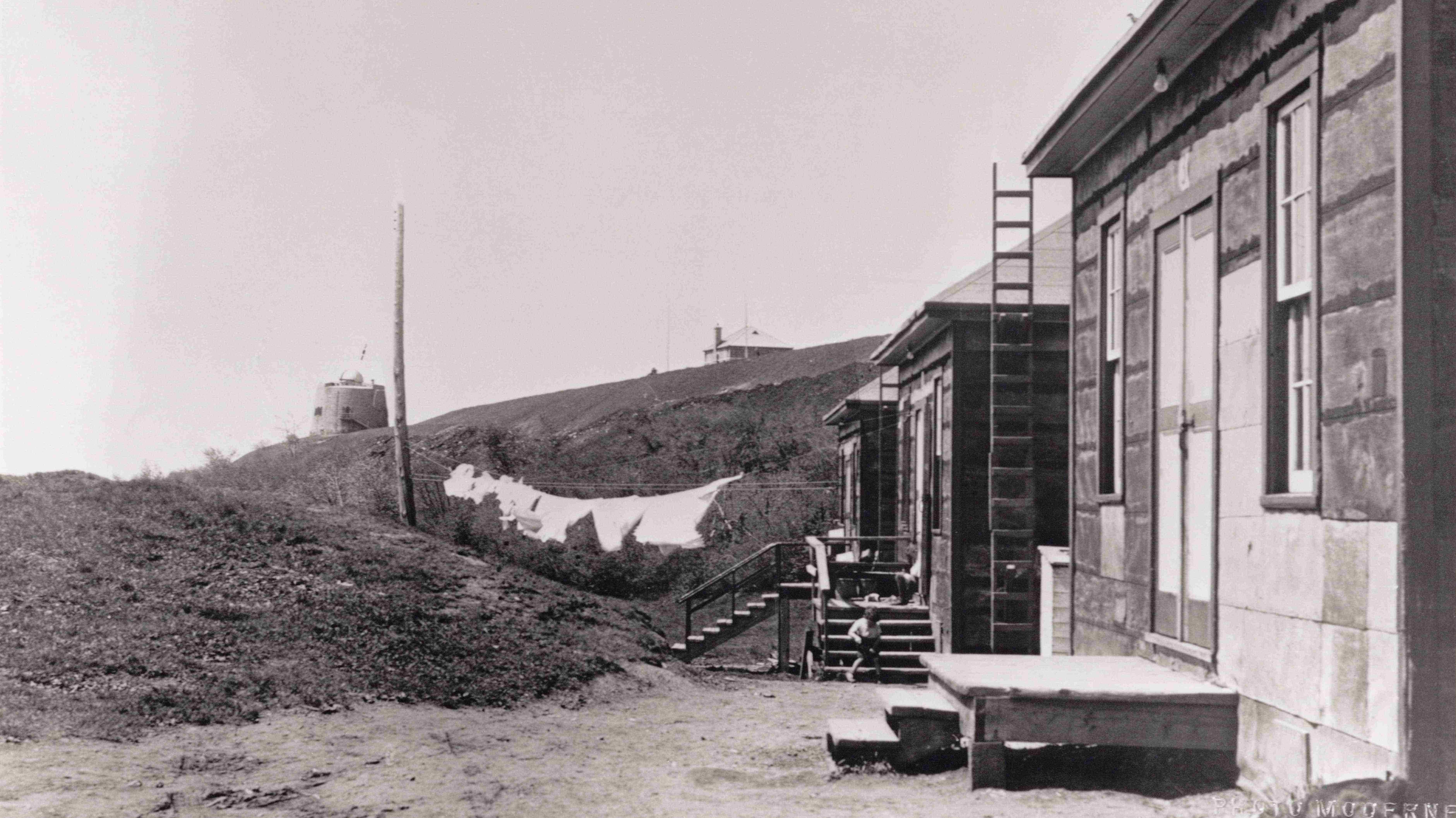
A Neighbourhood on the Plains of Abraham
After World War II, many Québec City families struggled to find adequate housing. Some were even living in old, derelict office buildings made available by the city. Mayor Lucien Borne secured permission for the Cove Fields military barracks to be used as temporary housing.
Very quickly, the barracks housed over 125 families—nearly 1,200 people, including 700 children. A chapel, a school, and a playground were established, giving the Cove Fields the look and feel of a true little neighbourhood at the heart of the Plains.
However, the presence of this community in the Upper Town, near the grand homes of Grande Allée, the historic district, and tourist routes, shocked many. Numerous newspaper articles from the time focused on what came to be called the “Faubourg de la misère” (“poverty borough”), denouncing the living conditions and calling for the families to be relocated and the site reclaimed. The NBC also wanted to remove the barracks, which were hindering the completion of the Battlefields Park.
Starting in 1949, the barracks were gradually demolished as families were relocated to other parts of the city. The last families left the site in 1951, and the remaining structures were destroyed in 1952.
A Nuanced Portrait
Interviews with former residents of the Cove Fields and their families helped to paint a nuanced and deeply human picture of life on the Plains of Abraham between 1945 and 1951.
Most testimonies confirmed the challenging living conditions in the barracks—poor insulation against the cold and inadequate sanitation. However, the survey also showed that not all huts were in poor condition—some were well maintained—and not all families lived in poverty—some had above-average incomes.
Indeed, living on the Cove Fields had its advantages, including affordable housing in Québec’s desirable Upper Town. Many families chose to move to the Cove Fields and would have stayed if given the choice. Several testimonies mentioned the sorrow felt when the huts were dismantled in 1951.
A Vibrant Community
The interviews also revealed the creation of a genuine community life. In addition to the school and police station, residents ran businesses and services: general stores, a small restaurant, cobblers, hairdressers, seamstresses, mechanics, and more. Baptisms and weddings were even held in the chapel converted from one of the huts.
Daily life was enriched by resident-led activities: music and dance nights, card games, a baseball league, skating, and hockey on backyard rinks maintained by community fathers. Children especially cherished the freedom to play outdoors on the vast Plains. It’s this child’s-eye perspective that stands out most in the memories of those who lived on the Cove Fields during their youth.
The final report, testimonies, documents, and photographs collected in 2023 and 2024 offer a priceless contribution to our understanding of this historic site.
The NBC would like to extend heartfelt thanks to the Bolduc, Bouffard, Cantin, Garneau, Kirkwood, Lambert, Mallais, and Monfette families.
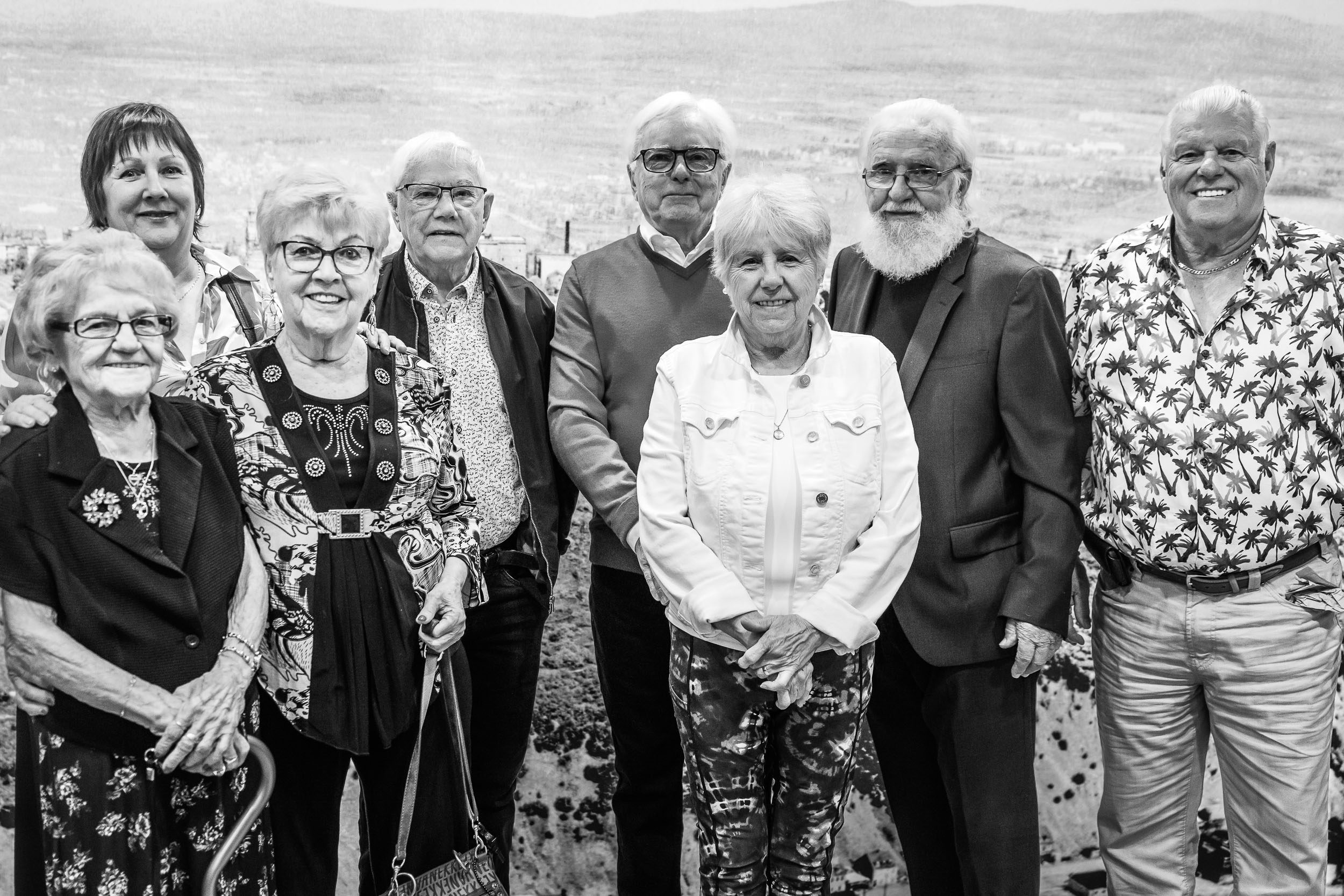
Testimonies
Do you have memories or photographs related to the Cove Fields? The NBC would love to hear from you.
Visit the reception desk at the Plains of Abraham Museum between 9 a.m. and 5 p.m., or call 418-649-6157.
Temporary Installation
Until mid-October, a temporary installation on the Plains highlights the history of the Cove Fields and the many families who lived there. Wooden structures were inspired by the original huts that once served as homes.
Visitors will find archival images from the era, including previously unpublished family photos, as well as excerpts from the testimonies of former Cove Fields residents.
